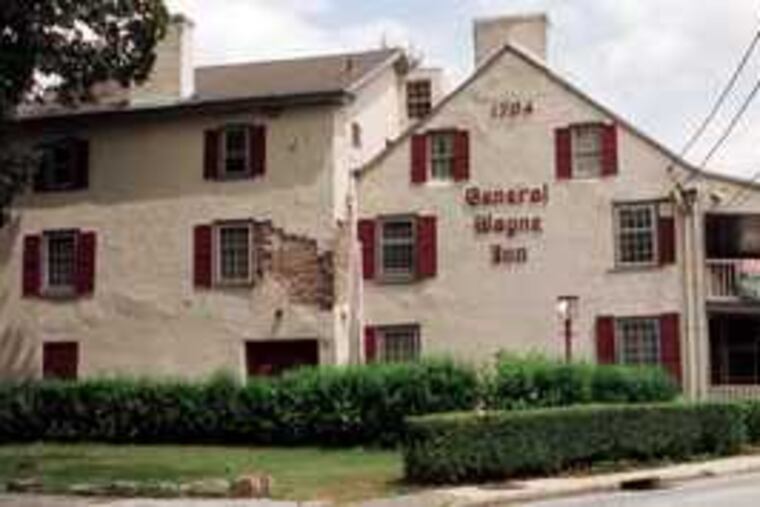History buffs fear for old hotel's fate
The inn has stood by the banks of the Perkiomen Creek for as long as the United States has existed. Longer, actually.

The inn has stood by the banks of the Perkiomen Creek for as long as the United States has existed. Longer, actually.
